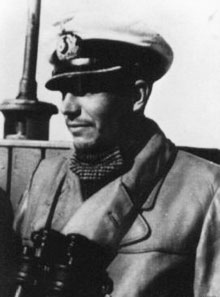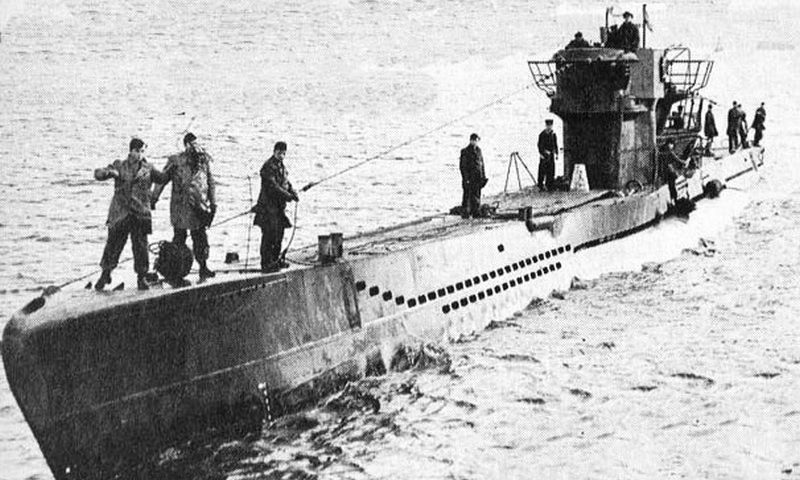Cruden Bay lies some 25 miles north of Aberdeen. Just 12 miles offshore, lies the remains of U-1206, a German U-boat, sunk towards the end of the Second World War. Although the ship’s demise was ultimately down to the order given by its captain to scuttle the vessel, the immediate cause was like something out of a comedy film.
British submarines had septic tanks to contain the submariners’ human waste, but the Germans devised a system that used high pressure to eject it into the sea.
Unfortuna tely for Captain Karl-Adolf Schlitt, who was taking this new vessel on a training patrol in the North Sea, the toilet malfunctioned. The problem was that the system was so complicated that a special technician was required to operate the valves to remove the waste.
tely for Captain Karl-Adolf Schlitt, who was taking this new vessel on a training patrol in the North Sea, the toilet malfunctioned. The problem was that the system was so complicated that a special technician was required to operate the valves to remove the waste.
Having experienced some problems in the early part of their patrol, the situation became critical when an engineer opened the wrong valve in one of the toilets at the bow of the vessel. As a result, the cabin started to fill with seawater and human waste, which then flooded into the ship’s batteries. This released deadly chlorine gas, so, despite the severe flooding Captain Schlitt brought the U-Boat to the surface. There, they were soon spotted and bombed by British aircraft.
Captain Schlitt then ordered the vessel to be scuttled. The crew were taken as prisoners of war, although some tried to avoid capture by swimming all the way to Peterhead – where they were swiftly detained.
Remarkably, of the 40-man crew, only four drowned. Today, the wreck is still at the bottom of the North Sea, where it is apparently remarkably good condition.
Julie Skinner, Resourcing and Benefits Specialist, RGU

